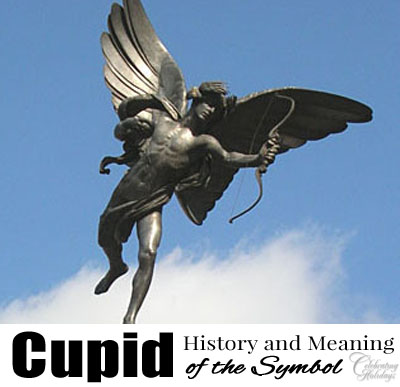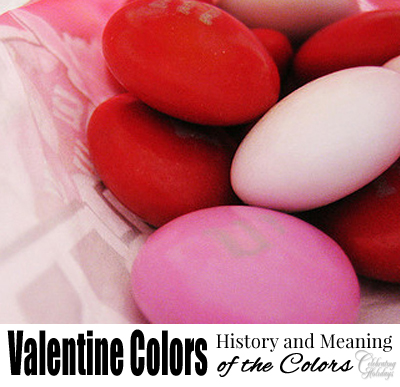Cupid (A Symbol of Valentine’s Day)

Cupid, as the Romans called him, was first introduced in the mythology of the Greeks as Eros, the literal personification of love. Interestingly, Eros has been called both “the oldest and at the same time the youngest of the gods.”1 As the oldest, the poet Hesiod spoke of “the beginning of the world as a great shapeless mass or chaos, out of which was fashioned first the spirit of love, Eros (Cupid).”2 Eros began the task of bringing opposite elements, like heaven and earth, together in pairs to bring order and harmony to the world.
Though Hesiod’s mythical poetry reads quite differently than the biblical story of creation, it is striking that the Greeks identified love as the guiding principle in creation. Romans tells us that “since the creation of the world God’s invisible qualities — his eternal power and divine nature — have been clearly seen, being understood from what has been made” (1:20). Does not the earth, which provides for the every need of mankind, reveal a divinely loving creator? As the Bible tells us, “God is love” (1 John 4:8).
Long after creation, Cupid reappears on the scene as the son of Venus (called Aphrodite by the Greeks). Perhaps the most popular story of Cupid is that of his love for Pysche, the beautiful daughter of a king. Though there are many variations of the story, one of the oldest is found in Metamorphoses, a book written by Apuleius in the second century A.D. You can find a link to the text on our Valentine’s Day Stories page.
Psyche was one of three daughters born to a king and queen. She was so beautiful that men worshiped her as a goddess. This inflames the goddess Venus with jealousy, and she commands her son Cupid to strike Psyche with one of his arrows to make her fall in love with a man lacking rank, wealth and even health. Instead, Cupid shoots himself with his own arrow, falls in love with Psyche and makes her his wife. Cupid, however, only comes to Psyche at night, and he forbids her from seeing his face.
Once Psyche’s sisters learn that she is living in great splendor, they burn with jealousy. They convince Psyche that her husband must be a monstrous beast, and they advise her on how to kill him. With a lamp in one hand and a knife in the other, Psyche beholds her husband. Far from a beast, he is the gentlest and sweetest thing she had ever seen. But having betrayed Cupid’s trust, he flees from her.
After much wandering and many miseries, Psyche finds Cupid, and he forgives her. He intercedes with Jupiter, who agrees to recognize his marriage and make Psyche a goddess. Venus is reconciled to her son and to Psyche, and they all live happily ever after.
The story of Cupid veiling his deity and his beauty in darkness is interesting in light of Christ “who, being in very nature God . . . made himself nothing, taking the very nature of a servant, being made in human likeness” (Philippians 2: 6 and 7).
Though Cupid demonstrated his love to Psyche every night, and though she claimed that she “would rather die a hundred times than be robbed of (his) sweet caresses,”3 she was easily deceived into doubting him since she had never seen him.
Jesus demonstrated ultimate love when he died for us; he demonstrated his deity in rising from the dead. Remember his words to doubting Thomas after the resurrection, “Because you have seen me, you have believed; blessed are those who have not seen and yet have believed” (John 20:29)!
This page was created by:

Back to main Valentine’s Day Symbols page.
We welcome your ideas! If you have suggestions on how to improve this page, please contact us.
You may freely use this content if you cite the source and/or link back to this page.
Image Credit: Wikimedia Commons
Footnotes:
1 Murray, Alexander. Manual of Mythology. Henry Altemus Company, 1897, p. 20.
2 Murray, p. 20.
3 Apuleius. Edited and Translated by J. Arthur Hanson. Metamorphoses. Harvard University Press, 1989, Volume I, p. 263.






